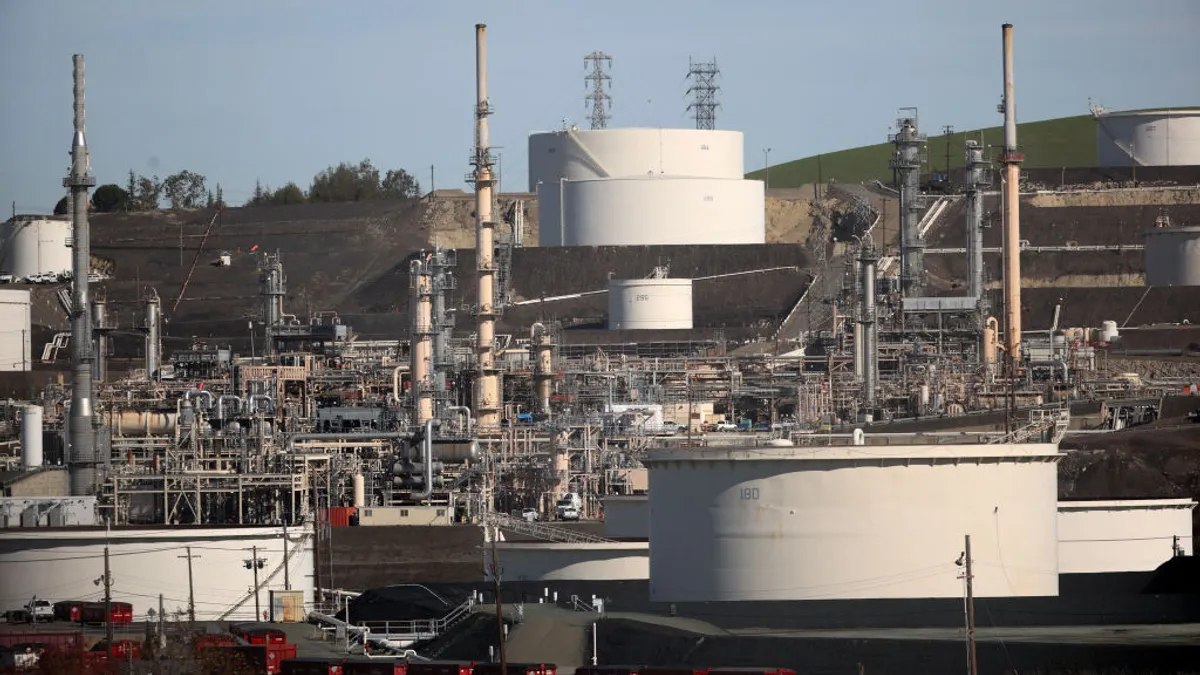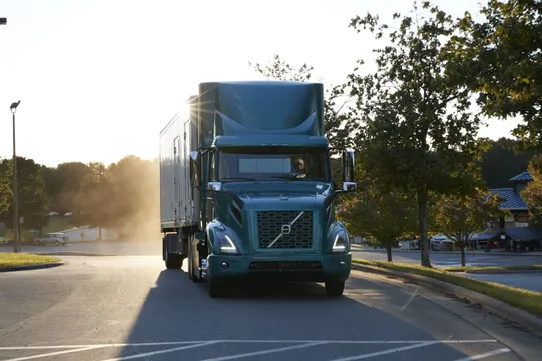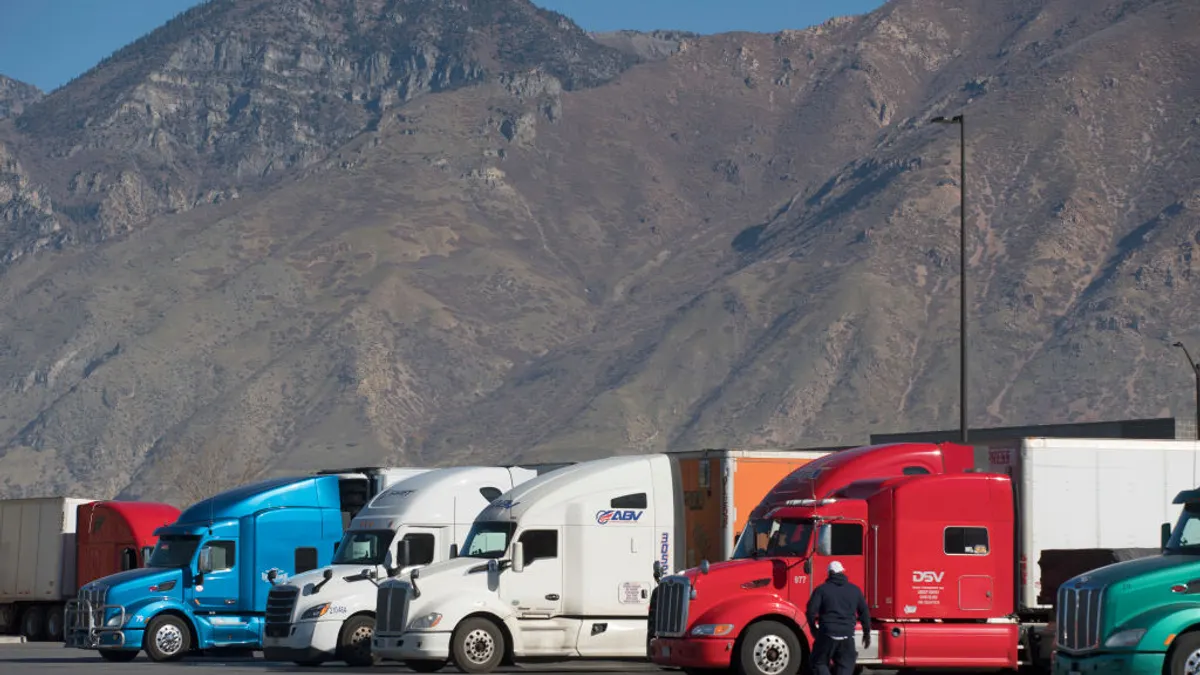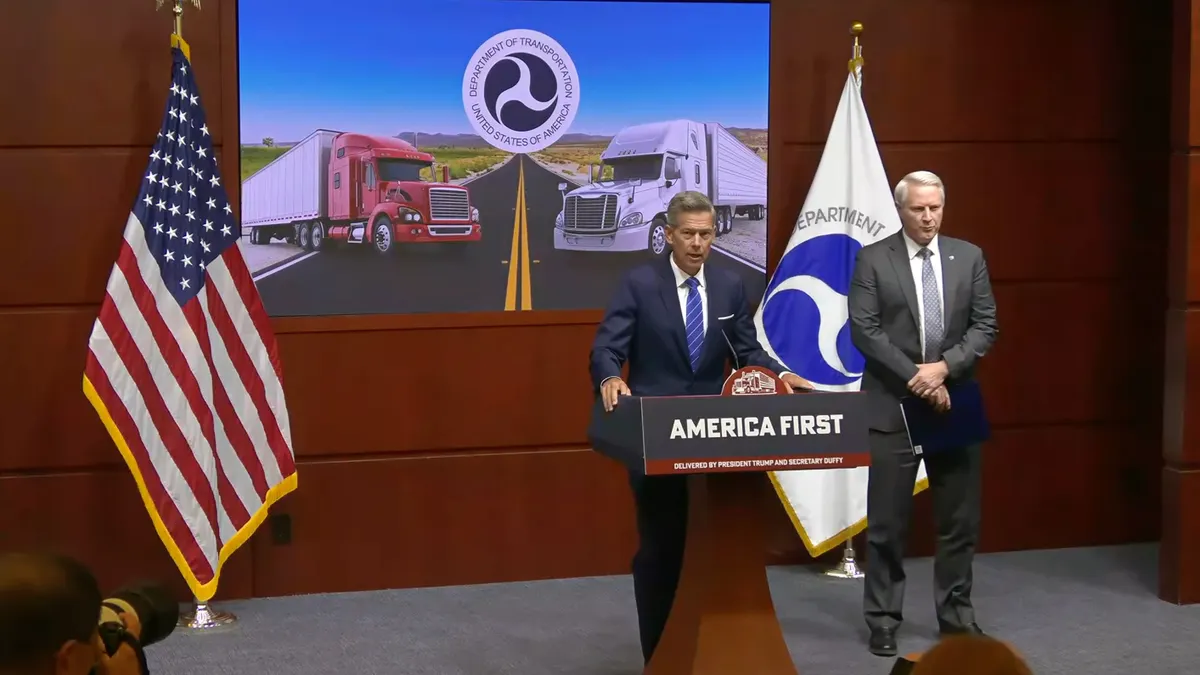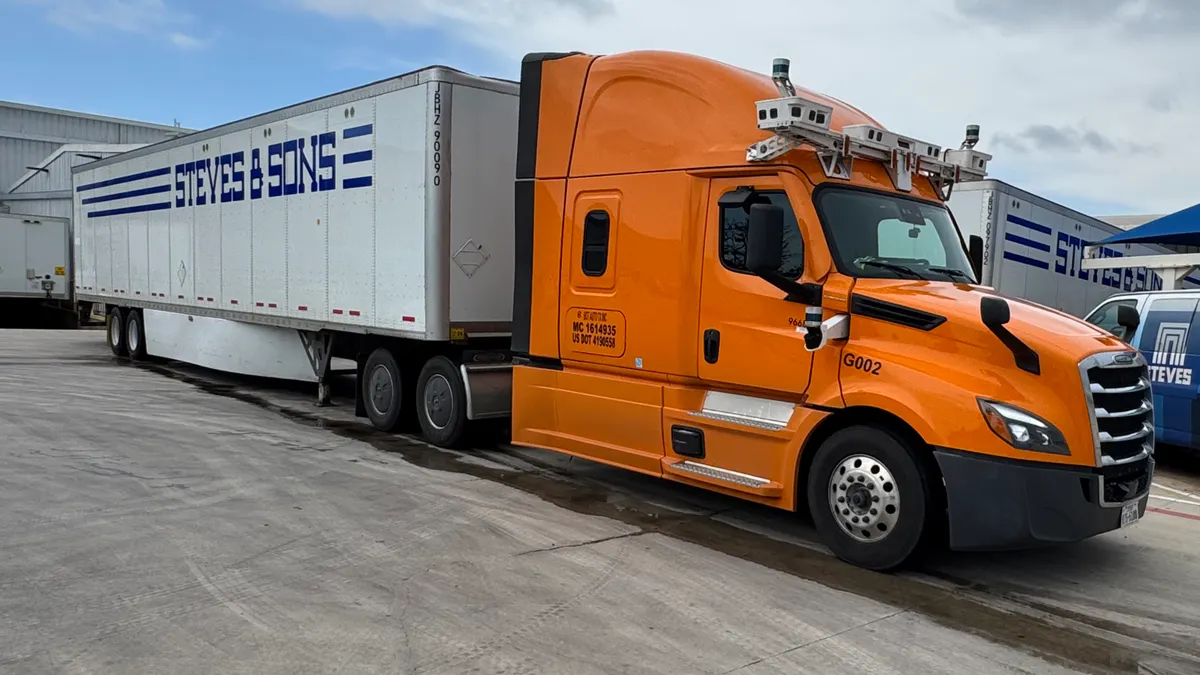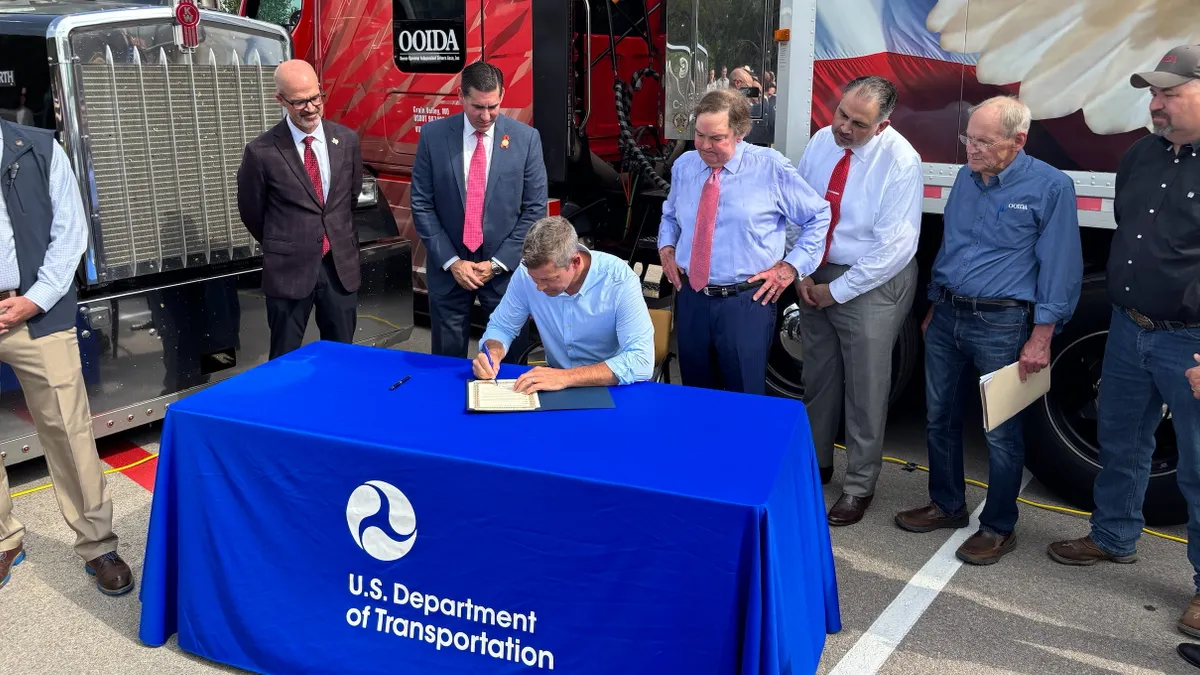High diesel prices amid sluggish spot rates in September pushed Pomona, California-based trucker Khalid Masri and his small business, KM Global Trans, to stop running two of his four trucks.
West Coast on-highway diesel prices have soared in recent months, particularly in California. The average price in the Golden State surpassed $6 per gallon last month and continued to climb until the most recent weekly reporting period, dropping to an average rate of $6.18.
Masri has been a driver for 27 years in the industry and trucking as an owner-operator since 2000, and he’s had four trucks since 2016, delivering freight across the Lower 48, he said. But it’s the first time he’s had to bring half his operations to a halt.
“Even outside California, the fuel is still high,” he said.
California diesel prices experience surges in 2022, 2023
Higher taxes for interstate truckers add operating pressure
Truckers pay taxes on fuel in multiple ways. Prices at the pump reflect one set of fees, but interstate drivers also pay a quarterly tax that helps states and Canadian provinces maintain their infrastructure.
The quarterly fee involves the International Fuel Tax Agreement, a system for U.S. states and Canadian provinces to get money for transportation infrastructure based on where carriers burn fuel, rather than where they buy it. Typically, the tax rate for this fee has increased about once a year — but California operators have been subject to multiple increases in the past year.
On Oct. 1, a combined California tax rate went from 89.3 cents per gallon to nearly $1.09, adding to previous increases the state made on July 1 of this year and last.
Bills under the tax system are due quarterly, requiring interstate trucking firms to reconcile amounts owed to states and provinces, and the cost is now something that multiple members of the Western States Trucking Association don’t have the money to pay for, said Joe Rajkovacz, director of governmental affairs and communications.
While other taxes are paid once a year, the quarterly bills add up. Masri said he spends a couple thousand dollars every three months on the IFTA tax.
California’s rate is the highest in the U.S., and those taxes are in addition to other levies, such as a federal excise tax for diesel of 24.3 cents per gallon. Among other places in the U.S. with the highest rates for the IFTA tax, Pennsylvania lists its rate as 78.5 cents per gallon and Illinois’ rate as 78.8 cents per gallon.
California uses the revenue to construct and maintain public roads and mass transit systems. The California Department of Tax and Fee Administration currently oversees the changes, and increases are based on a consumer price index percentage change, according to the department.
Refinery production reaches lows as strategy transitions
Even without the interstate tax, California’s diesel prices are remarkably high compared to other states, said Avery Vise, FTR’s vice president of trucking.
The West Coast average excluding California has been above $5 per gallon, but the next highest were the Central Atlantic and Rocky Mountain regions, both around $4.72.
“That is a huge gap,” Vise said.
An imbalance in the supply and demand for fuel help explain regional price differences, according to the California Energy Commission.
“Like gasoline, diesel fuel in California often follows different patterns than the national one,” the agency said in an email to Trucking Dive. “This is in part because California is a transportation fuel island with no pipeline infrastructure available to ship fuel from outside the state into the state.”
California’s average diesel prices hold high above other regions
Supply issues in the Golden State have dragged in the past year, and California regulators have been moving to shift consumers and businesses away from fossil fuels, seeking to reach carbon neutrality by 2045.
As part of its effort, the state is pushing to repurpose oil facilities toward alternative sources of energy. In early 2023, Phillips 66 ceased its Santa Maria Refinery operations, and it’s working toward converting its San Francisco Refinery’s Rodeo facility to renewable fuels.
“As we bring this facility online, we’re taking off almost as much traditional diesel as we’re bringing in renewable diesel to the market,” CEO Mark Lashier told investors on an earnings call Aug. 2.
The updated facility, known as Rodeo Renewed, has planned for those operations to start in early 2024, swapping its processing of crude oil for that of waste oils, fats, greases and vegetable oils for renewable diesel, renewable gasoline and more sustainable aviation fuel.
Similarly, Marathon Petroleum is also converting its Martinez Refinery in the San Francisco Bay Area. CEO Mike Hennigan said Aug. 1 on an earnings call that the facility is expected to reach full capacity, 730 million gallons in renewable fuels per year, by the end of 2023.
Amid these changes, California-grade diesel production has been hitting 15-year lows this year, delivering less than 1 million barrels a week throughout July and other parts of the year, according to state data.
For some trucking operators, the fuel costs have been tipping points in an already tough market.
Masri expects to wait until at least the beginning of next year to see if market conditions justify bringing drivers back. He has used savings to pay for insurance and watched other trucking businesses scale down their operations. Other owners have quit.
“This year is worse than any other year,” he said. “The fuel pricing and the tax took a huge chunk of our profit.”



